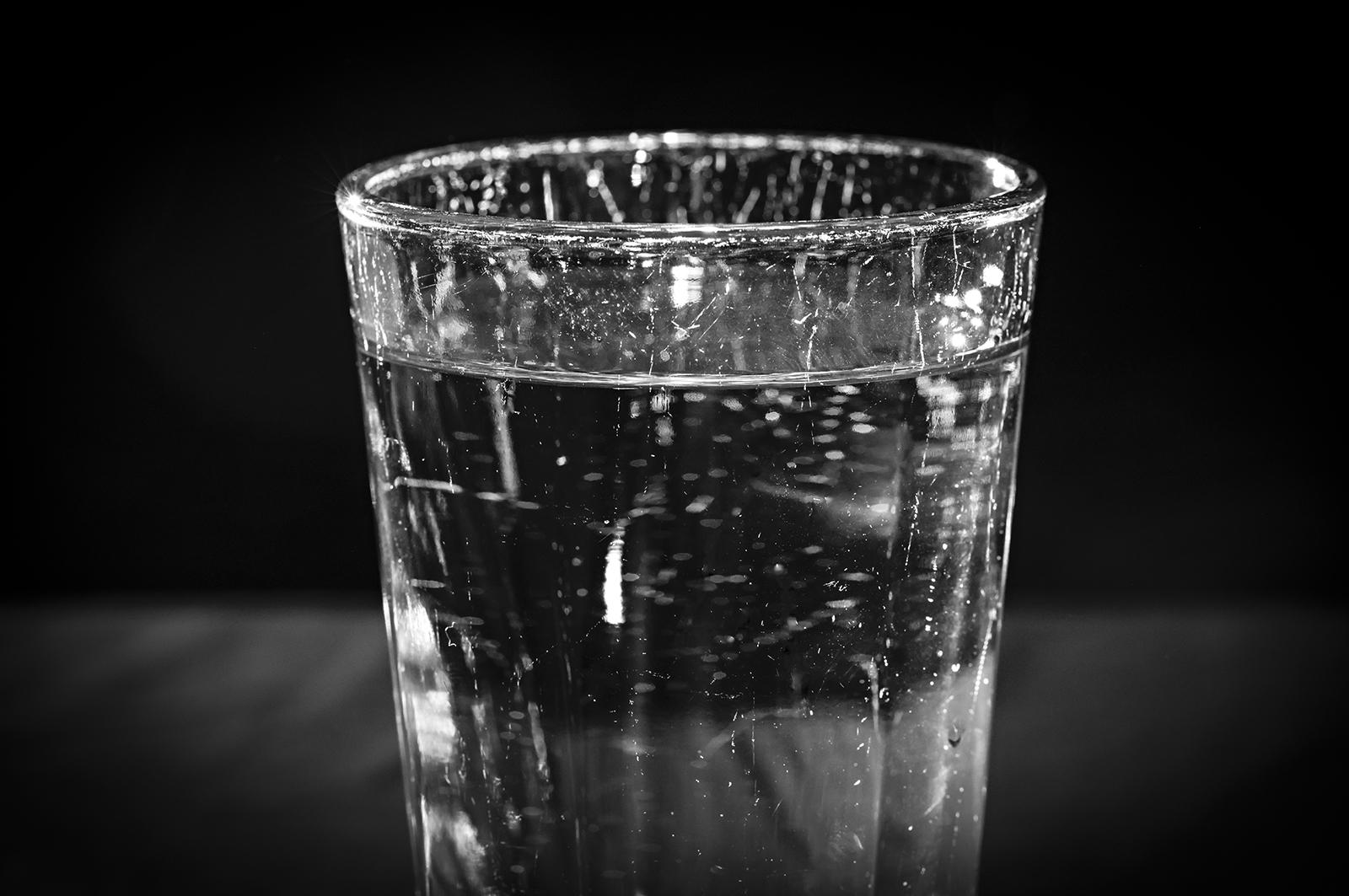Charlo residents in northwestern Montana have been advised that infants, the elderly and those with liver issues should not drink the town’s tap water after elevated levels of manganese were discovered.
While the warning caused a brief stir on social media and around town, state and local officials said the water is still safe for most people and that elevated manganese is more common in Montana than many people know.
Manganese is a naturally occurring mineral found in rocks, soil, groundwater and surface water. It is also found in food and is necessary for proper nutrition. However, too much of the mineral can be bad, specifically for certain at-risk populations, including infants under the age of 1 who are still developing.
On Dec. 29, the Consolidated Charlo Lake County Water and Sewer District was doing routine water testing when it found samples with manganese levels of 0.158 mg/L and 0.161 mg/L. The U.S. Environmental Protection Agency advises not consuming water above 0.3 mg/L for the general population and 0.1 mg/L for infants. The EPA specifically advises that infants younger than 6 months should not be given water that exceeds 0.3 mg/L for more than 10 days. It is particularly important for infants who are drinking formula because it already contains a low level of manganese.
Drew DuMont, operator of the Consolidated Charlo Lake County Water and Sewer District, said the state advised him to inform residents of the elevated manganese in mid-January and a letter was sent out soon after. DuMont said the water district is conducting additional testing and that the water is still generally safe to drink for most residents. He said Charlo’s water naturally contains a lot of minerals (often called “hard water” and known for leaving deposits behind) and that it was possible that a concentration of manganese from a deposit in a pipe got into the sample that was tested.
“It’s not like (these levels) are way above what they normally are,” DuMont said. “We just want to keep everyone informed.”
DuMont said that this was the first time in his 15 years working at the water district that he had seen the manganese level so high. He added that he’ll conduct additional testing soon and believes the manganese level will likely drop.
In the meantime, at-risk populations in Charlo are being advised to drink bottled or filtered water. The public is advised not to boil the water because that will only concentrate the manganese as the water evaporates. Officials said it was safe to use the water for bathing, brushing teeth and washing dishes. If people had specific health concerns, they were advised to contact a health care provider.
Eugene Pizzini, Public Water Supply Monitoring and Reporting Section supervisor for the Montana Department of Environmental Quality, said that manganese is found in water throughout Montana. According to data collected by the Montana Bureau of Mines and Geology, up to 16% of all private and small public water system wells in Montana might have manganese values above 0.1 mg/L, up to 8% may have values above 0.3 mg/L, and 2% could have it above 1.0 mg/L.
Pizzini said that in the past, the EPA had considered issuing specific regulations as to how much manganese should be in the water, but because it is not prevalent nationwide, it has not. Instead, the agency recommends that public notices of elevated manganese levels be sent to affected communities, but it does not require them. Pizzini said the DEQ is presently gathering data about how much manganese is found in public water sources so that it can decide if the state of Montana should have more stringent rules. That effort is ongoing.
This story originally appeared in the Montana Free Press, which can be found online at montanafreepress.org.
